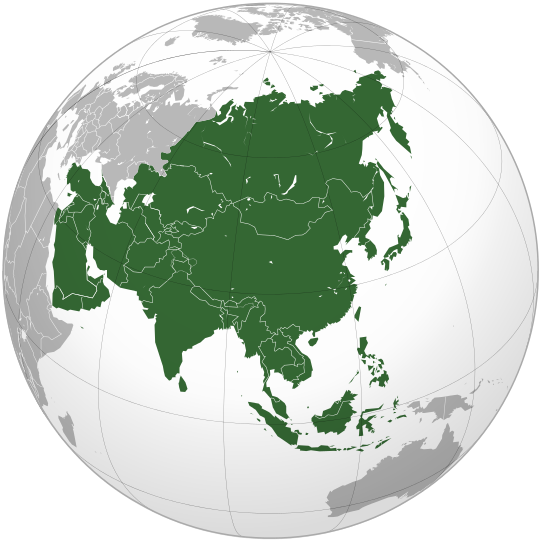WM Market Reports
Southeast Asia Becomes Tastier Prospect For Foreign Fund Firms

Countries such as Indonesia and the Philippines are becoming more attractive markets for foreign fund managers looking to gather assets, a report finds.
Regulatory changes are helping to make Southeast Asian retail and
institutional markets more attractive places to gather assets,
which is positive news for wealth manages eyeing the region,
according to research and consulting firm Cerulli
Associates.
Cerulli forecasts that total mutual fund assets under management
in Southeast Asia will grow at a compound annualised rate of 12.3
per cent over the next five years to hit $566 billion by 2021,
led by Indonesia.
More open markets and diversified distribution channels are
opening doors for foreign fund managers, the firm said, giving
the example of Thailand, which in early 2016 began to allow
offshore funds to be sold directly. (Although the master-feeder
route remains popular among both global and fund houses,
however.)
Findings come from a report entitled The Cerulli Report
- Asset Management in Southeast Asia 2017: Strategizing for
Success.
Among other examples given of wider access to foreign firms are
the Philippines, which has allowed standalone trust players to
build agency forces. In Malaysia, the country in May issued a
regulatory framework for digital investment management, or
robo-advisors. And Indonesia in November 2015 permitted Shariah
funds to fully invest overseas, which translates into
sub-advisory opportunities for foreign managers.
The firm said more online fund distribution platforms have also
been launched across the region, even if they are still a small
source of mutual fund assets under management, and regulators are
closely eyeing fintech developments to facilitate better access
to funds.
"Five years ago, we took the view that Southeast Asia's funds
industry held lots of promise that would nevertheless take a long
time to unfold," Chin Chin Quah, associate director at Cerulli
and lead author of the report, said. "But now, we are more
sanguine about global managers' prospects in the region, as signs
point to a more level playing field between homegrown and foreign
fund houses.”
Asia's fund management industry is seen as offering a tempting
set of prospects for firms struggling with rising compliance
burdens and relatively sluggish markets in regions such as
Europe. A number of foreign players, such as Manulife, Fidelity,
M&G and Aberdeen Asset Management, operate in the region.
There are two main ways to offer funds into Asia: registration of
the fund with the local regulator for retail distribution; and
use of local private placement regimes.
